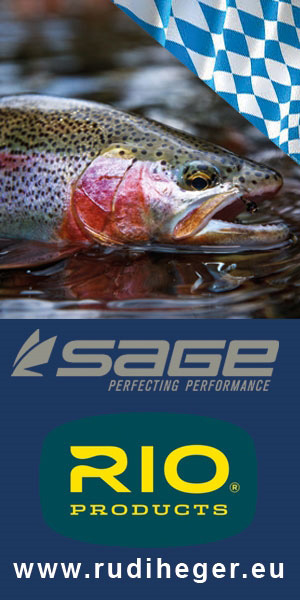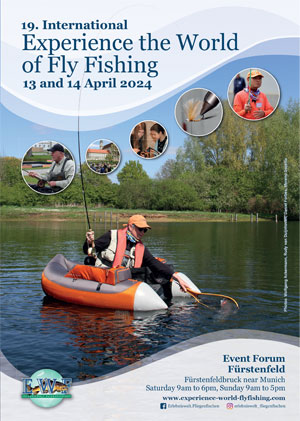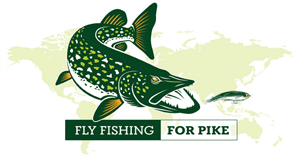Inland Fisheries Ireland appeals to public for continued help in identifying and reporting pink salmon catches.
Inland Fisheries Ireland has appealed to anglers and the general public to remain vigilant and report the presence of any Pacific pink salmon in Irish river systems. To date, 30 pink salmon have been recorded in nine Irish rivers since the first catch was reported on 27th June from the Galway Weir fishery. One of the most recent captures of pink salmon was a mature male ready to spawn on the River Erriff in County Mayo.
This fish was caught on the 9th of August on the Erriff, which is Ireland’s National Salmonid Index Catchment where a wide range of scientific research and monitoring activities on resident salmonid populations is undertaken. Catches of pink salmon have also been reported on rivers including the Foxford Fishery, Co. Mayo, the Coolcronan Fishery on the River Moy, the Galway Fishery on the River Corrib, the Cong River on the River Corrib and the Drowes and Crana Rivers in Donegal. The most recent catch was on the Owengarve River in Mayo on the 10th of August.
Pink or humpback salmon are a migratory species of salmon, native to river systems in the northern Pacific Ocean and nearby regions of the Bering Sea and Arctic Ocean. The species also has established populations in rivers in northern Norway and in the far northwest of Russia, originating from stocking programmes undertaken in this part of Russia.
In Ireland, there is no licence to farm Pacific pink salmon and this country’s own native salmon species is Atlantic salmon. The appearance of the species is of concern to Inland Fisheries Ireland as it may impact Ireland’s indigenous salmon populations in the future. The potential impact of pink salmon is unclear at present but these fish may introduce parasites and pathogens not present in native salmonid fish. Interbreeding with Atlantic salmon is unlikely as pink salmon spawn in late summer whereas Atlantic salmon spawn in winter. However, competition for food and space in nursery areas between juvenile pink and Atlantic salmon is possible.
Inland Fisheries Ireland is appealing to anglers to report catches of pink salmon to Inland Fisheries Ireland’s 24 hour confidential hotline number – 1890 34 74 24 or 1890 FISH 24. As these fish die after spawning, some dead specimens could also be encountered along Irish rivers. Anyone who catches a pink salmon is asked to:
– Keep the fish and do not release it back into the water (even in rivers only open for catch and release angling).
– Record the date & location of capture, length and weight of fish.
– Tag the fish and present it to Inland Fisheries Ireland and a new tag will be issued to replace the tag used.
– Take a photograph of the fish.
– Report it to Inland Fisheries Ireland’s 24 hour confidential hotline number 1890 34 74 24 or 1890 FISH 24 without delay.
Inland Fisheries Ireland will then arrange collection of the fish for further examination. This will help establish the abundance and extent of distribution of the species in Irish waters.
Pink salmon can be distinguished by a number of unique characteristics which are different to Atlantic salmon. They are as follows:
– Large black oval spots on the tail.
– 11-19 rays on the anal fin.
– Very small scales– much smaller than a similarly-sized Atlantic salmon.
– No dark spots on the gill cover.
– Upper jaw typically extending beyond the eye.

Inland Fisheries Ireland has developed a Pink Salmon Factsheet to help anglers identify the fish and footage of a pink salmon on the River Erriff is available here.






